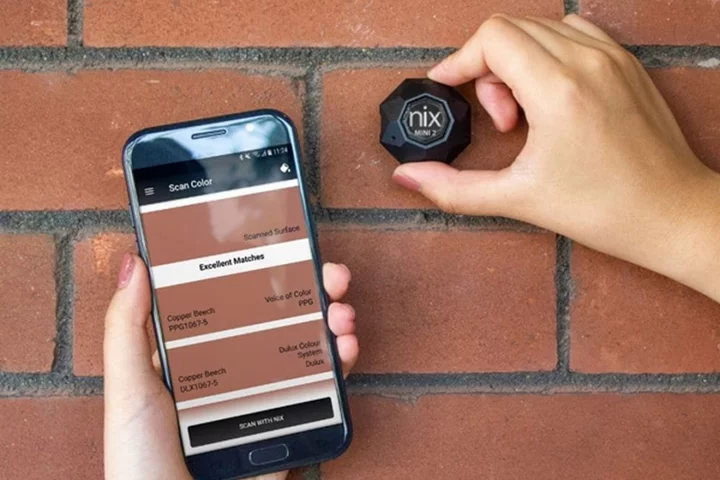
Silicon Valley escalates the battle over returning to the office
Three years after Silicon Valley companies led the charge for embracing remote work in the early days of the pandemic, the tech industry is now escalating the fight to bring employees back into the office -— and igniting tensions with staff in the process.
2023-06-10 22:59

Biden to Announce $60 Million Enphase Energy Investment
President Joe Biden will announce a $60 million investment from Enphase Energy Inc., a manufacturer of solar-energy equipment,
2023-07-06 08:16

Gearlinx™ Appoints Seasoned Technology Expert Todd Rychecky to Drive Growth and Foster Market Innovation
FRISCO, Texas--(BUSINESS WIRE)--Jun 12, 2023--
2023-06-13 02:27

Video Games Releasing in October 2023
Alan Wake II, Just Dance 2024, and Sonic Superstars are only a few of the many titles coming in October.
2023-10-01 13:56

Can 12 Strangers Agree on Climate Policy? The UK Wants to Find Out
In 2007, a climate change experiment captured the imagination of 60,000 people all over the planet. World Without
2023-07-20 13:00

How to watch 'Love Island' UK from the US using VPN
SAVE 49%: Unblock ITVX from outside the UK with ExpressVPN. A one-year subscription to ExpressVPN
2023-05-31 02:28

MSI Stealth 14 Studio Review
Designed for the many modern content creators who often travel while working, MSI's Stealth 14
2023-06-29 05:26

Gastro Care Partners Chooses ModMed to Help Accelerate its Operational Excellence
BOCA RATON, Fla.--(BUSINESS WIRE)--Sep 7, 2023--
2023-09-07 20:15

Enjoy a bird's-eye view with this drone bundle for just $140
TL;DR: Through May 31, you can score the Alpha Z Pro 4K and Flying Fox
2023-05-27 17:45

Binance and its CEO seek dismissal of CFTC complaint
(Reuters) -Binance and its CEO Changpeng Zhao have filed a motion to dismiss a complaint against the cryptocurrency exchange by
2023-07-28 20:49

Google CEO Sundar Pichai to testify Monday in US Google antitrust trial
WASHINGTON Sundar Pichai, chief executive of Alphabet and its subsidiary Google, will testify on Monday in the once-in-a
2023-10-27 06:15

Find new paint colors from almost any surface with this $60 sensor
TL;DR: As of July 17, get the Nix Mini 2 Color Sensor for only $59.97
2023-07-17 17:51
You Might Like...

Exxon Barred From Trucking Oil From California Offshore Platform

Brazil to Cap Carbon Emissions for Large Polluting Companies

Cyberpunk 2077 sequel in early phase of development

Is Jim Bob Duggar hiding his wealth? Internet accuses 'Counting On' star of using multiple LLCs and aliases

Mattel’s New Chief Uno Player Will Earn $17,776 in Four Weeks

Why cell phone service is down in Maui — and when it could be restored

Grab a deeply discounted laptop or PC at Lenovo's Memorial Day sale

Cognizant's $570 million trade-secret case win against Syntel thrown out on appeal
